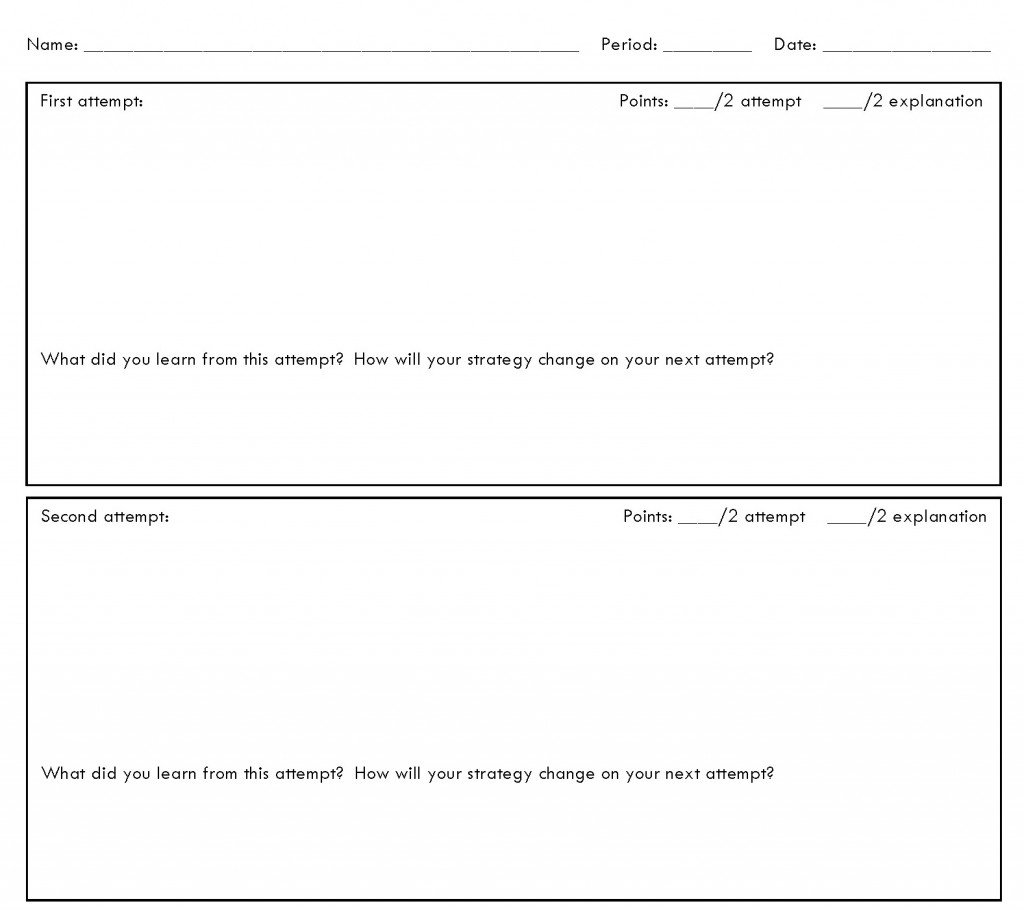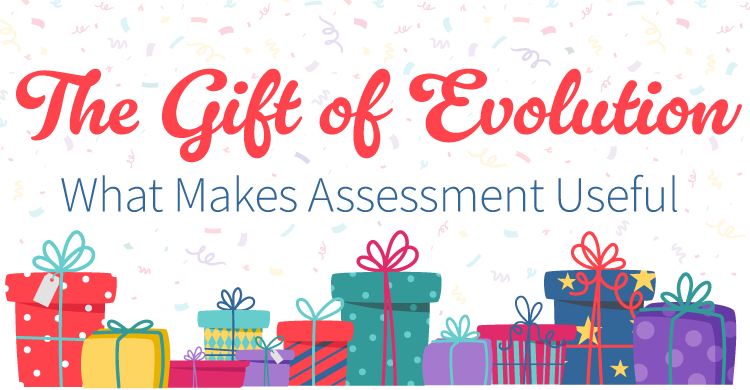In 1994, during my second year of teaching, I was always looking for new ideas to make teaching mathematics more engaging. I taught freshman in a Title 1 program in a pull-out model. Imagine a classroom of thirty students who truly despised mathematics based on their years of unsuccessful attempts to understand it. (FYI- I would never suggest this today and, back then, I didn’t know any better – tracking anyone?). In pursuit of making mathematics fun and engaging, I attended a full day professional development training that truly impacted my teaching career: Strengthening Math Instruction Through Cooperative Learning Strategies presented by Jerry Cummins.
For seven hours I watched this energetic man model how he structured his classroom, kept his student engaged throughout an entire lesson, and motivated the students to want to learn. As the experience unfolded, I realized I was doing more mathematics in daily lessons than I was asking of my students. In a moment of clarity, I realized I needed to change my approach to designing lessons to REQUIRE students to do more work and more of the mathematical thinking! Looking back today, this professional learning was pivotal to my success as a classroom teacher. When planning, I began by asking myself: How can I structure my lesson so the students are eager and willing to learn the mathematics and, because of that will actually do more work than me to learn?
Fast-forward to today. As I coach teachers and collaborative teams, this question still permeates conversations: How do we ensure that all students are engrossed in the lesson? What teacher actions are needed to engage students in meaningful discourse that builds mathematical exploration and understanding? Teachers and collaborative teams have a vision for strong student-to- student discourse; however, they are not sure where to begin to meet their vision.
Collaborative teams are selecting meaningful tasks and are struggling with the reality that using high cognitive tasks are no guarantee to increased complex thinking, problem solving and reasoning abilities. The biggest challenge is changing student expectations of what it means to be a mathematic student. Some students have been trained if they sit and wait long enough, the teacher or other students will eventually tell them the next step. The manner in which teachers facilitate student-to-student discourse is critical in creating and supporting a classroom-learning environment that values reasoning and sense making from all students.
There are four big ideas that promote positive learning environments where students take ownership of their learning and learn to love mathematics; (1) Classroom Culture, (2) Structured versus Unstructured, (3) No I in Team, and (4) Hitch-Hikers. If your new year’s resolution is to have the students do more work than you, my #mathmonday blogs are going explore each big idea starting with establishing a classroom culture that promotes rich levels of mathematical thinking.
Let’s begin with a look at classroom culture.
(1) Classroom Culture
Establish a new norm in your mathematics classroom. Students need to understand what it looks like and sounds like to be a mathematician. Mathematicians do not always immediately have the correct answer; they most likely make multiple wrong starts before they find the correct solution pathway. How do your students embrace learning from mistakes? Most students know it is okay to make mistakes but knowing this and accepting this are very different. How many times do you see students erase their thinking when they feel that they are incorrect? If this typically occurs, encourage students to model multiple attempts. Below is an example from one of my favorite websites, openmiddle.com, and I have used this productively with students to model how to record multiple attempts.
When students are being called upon to share their thinking, they can refer to their thinking organizer to analyze their solution pathways, listen to a variety of solution pathways from their peers and make connections across multiple solution strategies.
Students need to understand that they have rights and responsibilities as mathematicians. Students have the right to be heard and they have the responsibility to listen to their peers. They also have the right to ask for help when needed and they also have a responsibility to help others. Collaborative teams can develop a list of rights and responsibilities and post them in all the mathematics classrooms to support establishing a rich classroom culture. When students feel safe to make mistakes and learn from their peers, great things happen in the classroom!
Once the classroom culture is established, we have to continuously require students to participate and engage in the mathematical discourse. Look for this next #mathmonday as we explore Structured vs Un-Structured!
[author_bio id=”295″]







